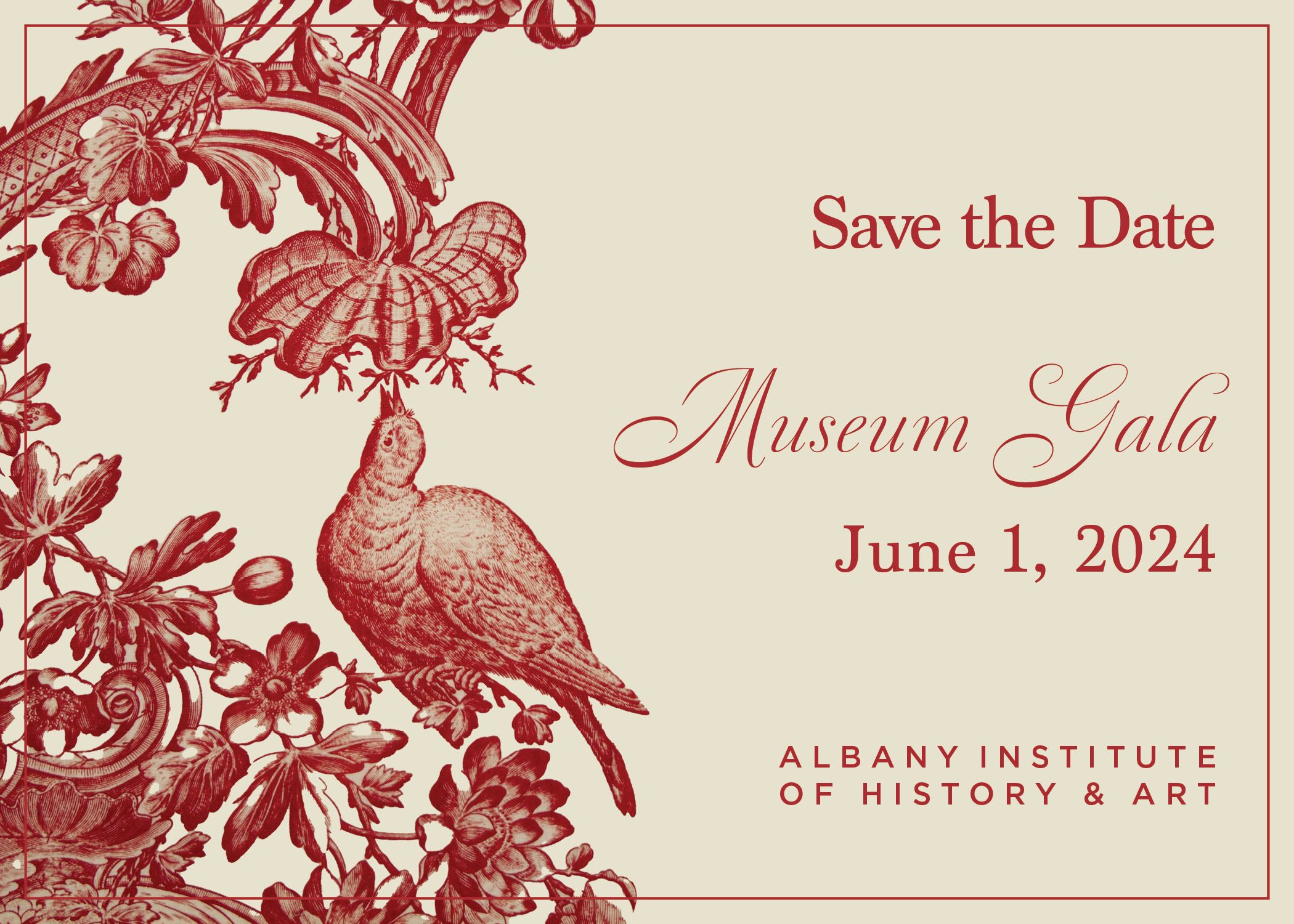Join/Support

Upcoming Events
A Huge Thank-You to Our Current Supporters
Patrons of the Arts
Benefactors
- Austin & Company
- Albany Medical Center
- Lucille A. Herold Charitable Trust
- New York State Council on the Arts
- Review Foundation
- The Bender Family Foundation
- Turner Construction Company
Sustainers
- AT&T
- Bette & Cring Construction Group
- Capital District Physicians' Health Plan
- CMI AV
- Groff Networks
- Humanities New York
- James H. Maloy, Inc.
- Lavelle & Finn LLP
- Massry Charitable Foundation Inc. Endowment
- M.M. Hayes Co., Inc.
- M&T Bank
- Nigro Companies
- Stuyvesant Plaza, Inc.
- The Gorman Group, Inc.
- Trudeau Architects
- Turner Construction Company
- UHY LLP
- University at Albany Foundation
Supporters
- Albany Food & Wine Festival
- Capital Bank
- C.L. King & Associates
- Community Foundation for the Greater Capital Region
- Fenimore Asset Management, Inc.
- Greenway Heritage Conservancy HRV, Inc.
- High Voltage Electric Service, Inc.
- Interstate Commodities, Inc.
- JLM Design LLC
- Keeler Motor Car Company
- Nowak Associates, Inc.
- RBC Capital Markets
- Sano-Rubin Construction Services
- Upstate Services Group
- Wells Fargo
Contributors
- Albany County Convention & Visitors Bureau, Inc.
- Berkshire Bank
- Boies Schiller Flexner
- Burlingames Interiors, Ltd.
- Campito Plumbing & Heating, Inc.
- Cannon Heyman & Weiss, LLP
- E. Stewart Jones, Hacker, Murphy, LLP
- Higgins Family Foundation
- Levitt-Fuirst Insurance
- Mirković Teal Group
- Mohawk Fine Papers Inc.
- Morgan Stanley
- Picotte Family Foundation
- Rosetti Properties
- Siena College
- Stewart's Shops
- Tabner, Ryan & Keniry, LLP
- The Research Foundation of SUNY
- The Rosenblum Companies
- Trombly Foundation
- Woodland Hill Montessori School
Associates
- Bouchey Financial Group
- Bullard McLeod & Associates, Inc.
- Capital Wine & Spirits
- Certified Framing & Gallery
- Fidelity Investments
- New World Bistro Bar
- Nixon Peabody LLP
- The Pilates Principle
- William & Estelle Neil & Jane Golub Foundation





